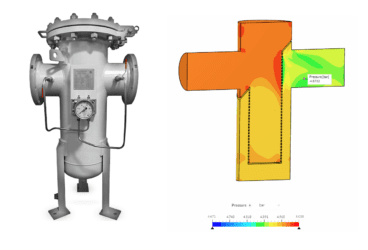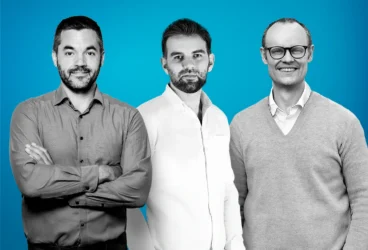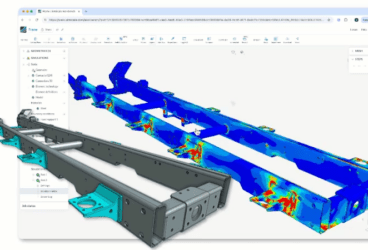A few months ago, we announced a design and simulation challenge in collaboration with Neven Subotic Foundation. Dedicated to engineers around the world, the competition had the aim of optimizing the design of a VIP latrine using cloud-based CAD with Onshape and simulation with SimScale. The winning latrine design had to ensure proper natural ventilation and reduced building costs, as it is planned to be implemented across the schools in Ethiopia for improved sanitation.
SimScale’s Mission
If you follow SimScale on social media or are subscribed to our email newsletter, you know already that for the past six years we’ve been working towards making simulation available worldwide through the cloud. Our aim is to help engineers and designers optimize their designs and build the best products, constructions or processes they possibly can. All of us here at SimScale are proud of our mission, and feel lucky to be part of a company that can have such a positive impact.
The scope is wide—SimScale is being used by a dozen industries, on hundreds of applications. From the early adopters—automotive and aerospace—to electronics, HVAC, construction, machinery, and many other verticals, every field can benefit from fluid dynamics, thermal and structural simulations. Since we’ve made the technology available online, more than 150,000 professionals have tried cloud-based computer-aided engineering (CAE), and with this interest, we’ve validated our vision. We are deeply grateful for our customers and try to show it as best we can through our support team, which has become quite popular in our community (at least that’s what our user reviews say).
When Neven Subotic first wrote us an email proposing a collaboration with his organization, we were flattered. Having a strong mission and knowing our product brings a positive outcome in so many applications is one thing, but this was still different. We were about to work on our first non-profit project.
About Neven Subotic Foundation
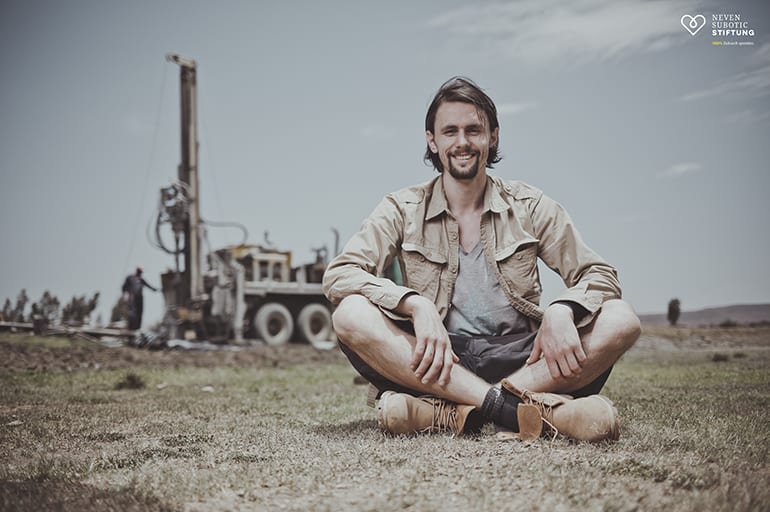
Neven Subotic is internationally known for his football career, but here at SimScale, we came to know him also for the foundation he built—Neven Subotic Stiftung. Started in 2012 and focused on WASH projects, the foundation’s goal is to improve the life and future of children in the poorest regions of the world, with rural Ethiopia being the focus region.
Through Neven Subotic Foundation‘s projects, children get access to clean water as well as sanitary facilities for improved health. The end goal is to help more children attend school and get their education, without the daily survival and health barriers they otherwise have to deal with.
Sanitation Project with Online Simulation
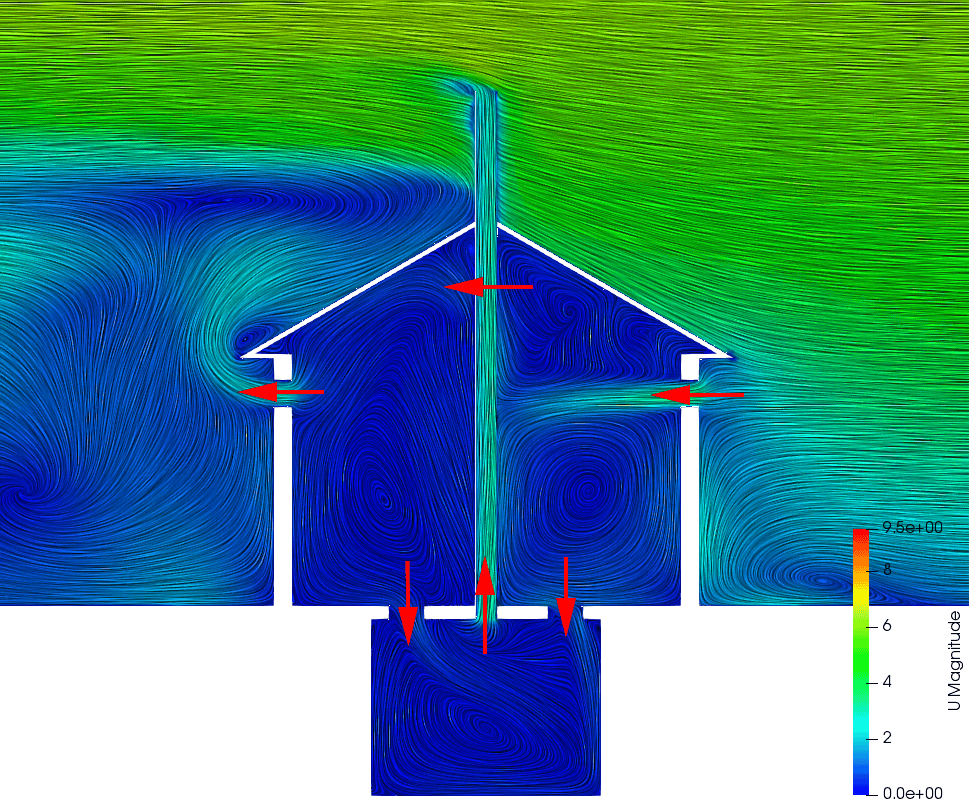
The first project we worked on together was the optimization of a ventilated improved pit latrine (VIP latrine) for a sanitation project, which has been used as a standard design by many other non-profit organizations since the 60s.
The engineers at SimScale created a new optimized design with the help of simulation and optimized the airflow by 5.75x when compared to the standard design. More flow meant better ventilation, a reduction in odors inside the latrine, and more flies being pushed through the drop hole and up the pipe into the fly screen.
Aiming to take this project one step further and reach an optimized design of the latrine not only in terms of flow but also cost that can become standard in schools from Ethiopia and throughout other African countries, the Neven Subotic Foundation partnered with SimScale again last December to announce a design competition for designers and mechanical engineers worldwide.
The VIP Latrine Optimization Challenge
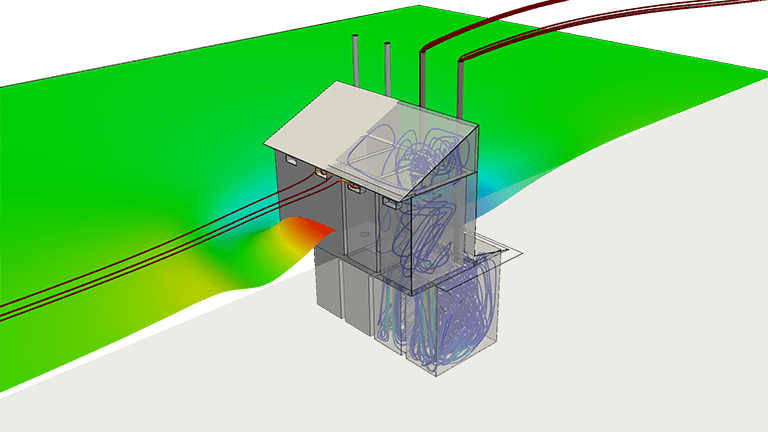
The goal of this design challenge was to develop a latrine that safely discards waste with adequate ventilation to prevent the spread of diseases. The final, optimized design would also be cost-effective, as the next step is to present it to the local authorities and build the latrines in rural Ethiopia.
We provided a 3D CAD model of the latrine that was easy to edit and modify. Our suggestion was to use cloud-based CAD software (Onshape) and leverage the import function for transferring the design into SimScale and ran the CFD simulation for virtual testing. Once within the SimScale Workbench, the efficiency (air exchange rate) of the latrine needed to be calculated with the help of fluid flow analysis.
The Winner: First Place
After examining our submissions (which came from all corners of the world—Europe, North America, and Asia) and evaluating the projects based on all criteria, we have agreed on a winner: Walied Hassan.

The CAD model of the winning symmetry design
Walied created a great overall design. The inline design was excessively good in the northerly configuration (a known trait of the inline design), the symmetric design was a better one as the ACR was as low as possibly allowable, and the reduction in build material cost correlated to this. Here is his geometry in Onshape and this is the CFD simulation ran with SimScale.
Walied won the $200 Amazon voucher—the prize for the first place in this competition.
Innovation Mention: Second Place
James Linfield was awarded second place, with another very impressive design. This entry oozes innovation: four vents, one on each internal wall is a great solution to airflow optimization.
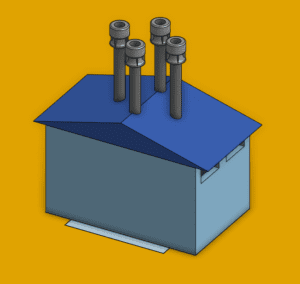
The innovative features need to be assessed for benefit/cost, where a study should be carried out to identify manufacturing techniques, sources and materials before a proper estimation can be added to the component cost. Since materials are primarily locally sourced, the outcome of the above study would influence the possibility of this design becoming reality.
James won the second prize, a $100 Amazon voucher.
Both of our winners as well as our other participants did an impressive job, and we are very grateful that they joined our challenge.
In the next steps, Neven Subotic Foundation will start the project and build the design in Ethiopian schools across rural regions.
If you’d like to support Neven Subotic Stiftung’s 100% WASH projects in Ethiopia, you can donate. 100% of your donation will be invested in the projects.
To learn more about airflow simulation projects check out our public project page.
